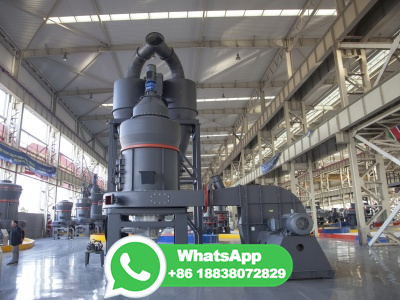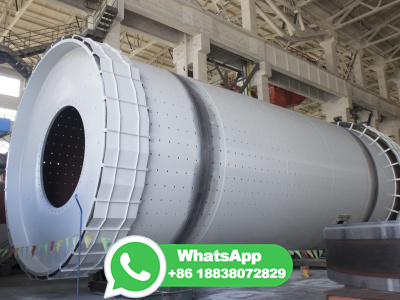Alternative ironmaking processes and their ferrous burden quality ...
Among the various DR processes, the MIDREX process dominates the market accounting for % of the total DRI production in 2019, followed by % from the coalbased rotary kiln process and % from the ENERGIRON process (MIDREX, 2019). As the gasbased DR processes are producing about 76% of the world's DRI, and MIDREX and ENERGIRON ...




































